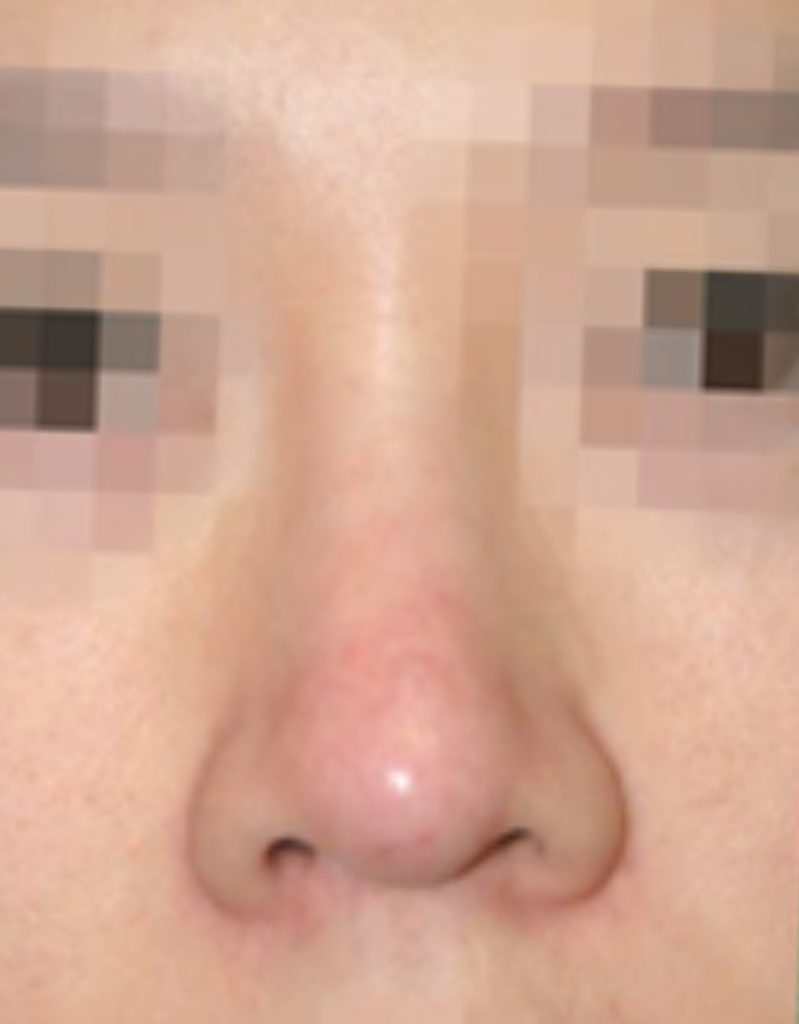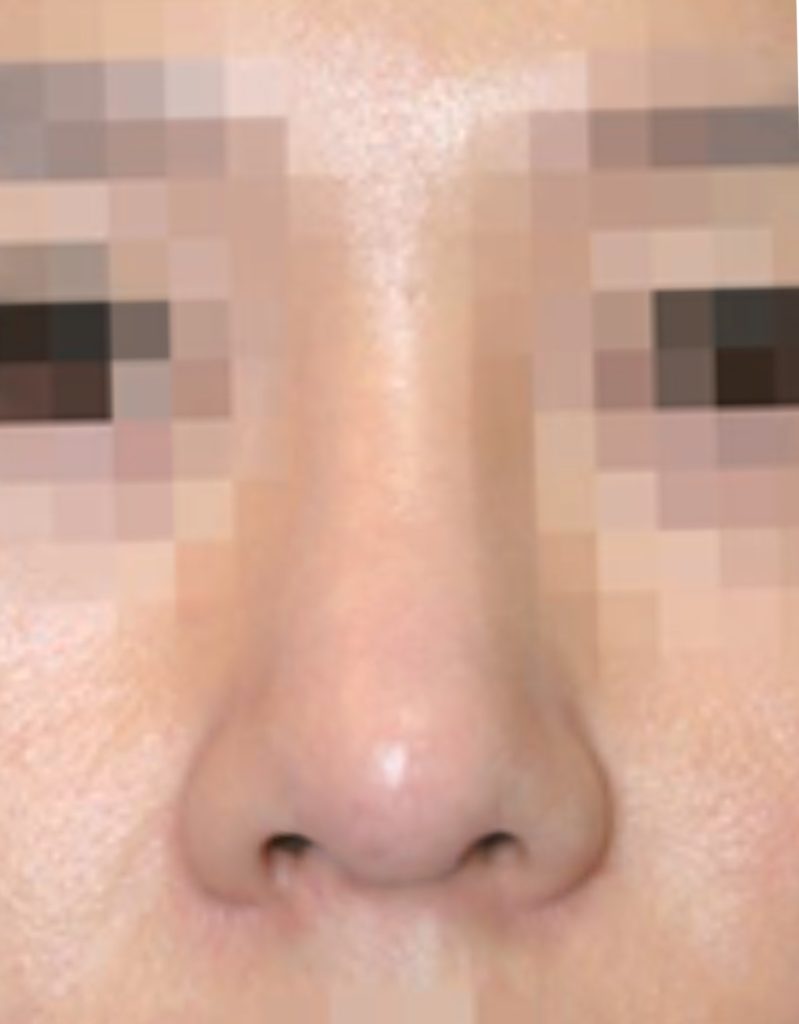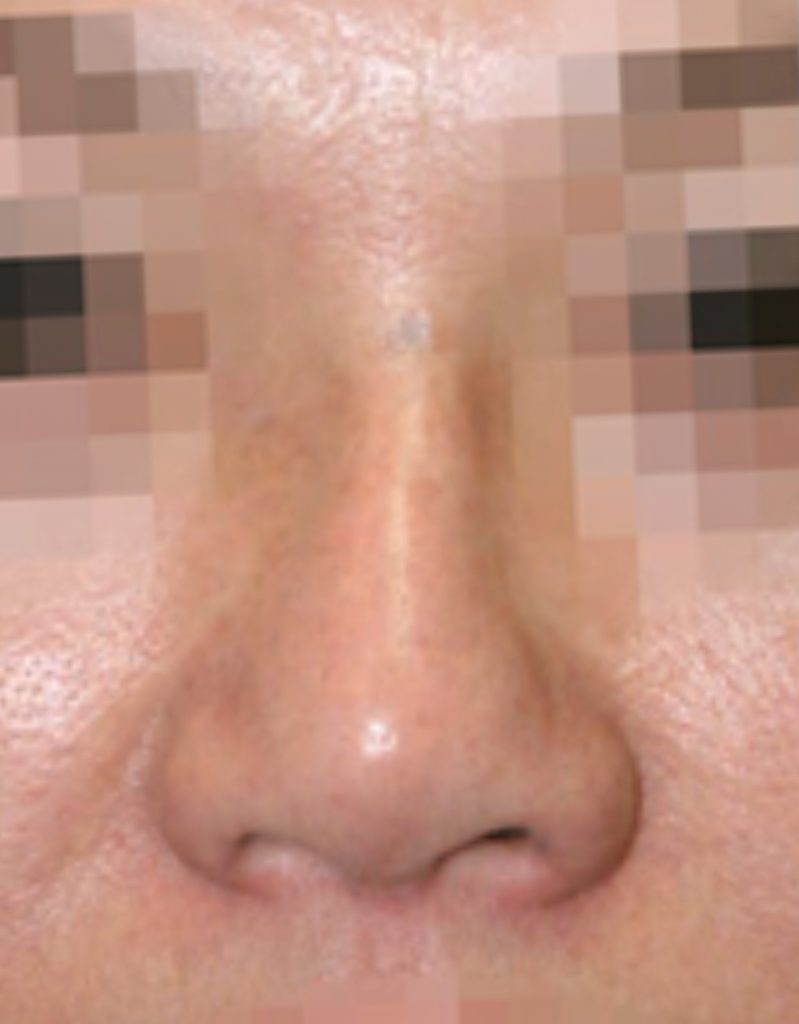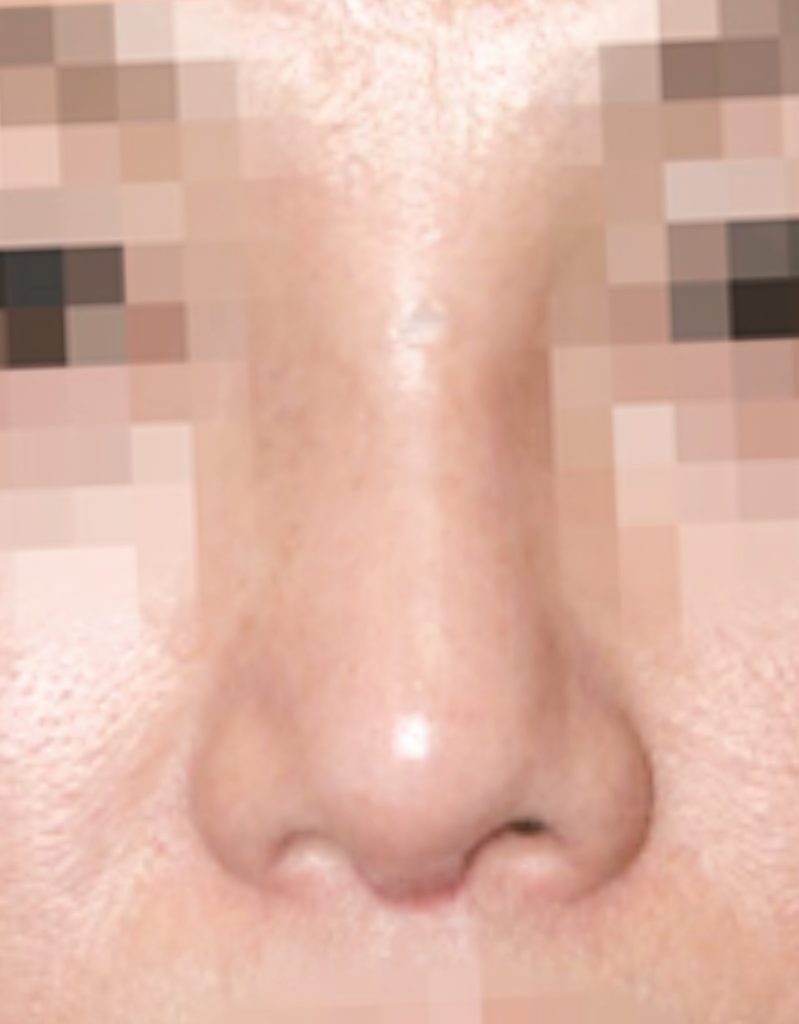THE PLUS RHINOPLASTY IN KOREA
Rosacea Rhinoplasty in Korea


THE PLUS RHINOPLASTY IN KOREA
Rosacea Rhinoplasty in Korea
the plus rhinoplasty in Korea
Rosacea Nose Surgery
Rosacea on the nose is often observed in patients who have undergone multiple nose surgeries or in those who have experienced significant damage to the nasal skin during surgery. This condition can also occur in patients who have used hard silicone for an extended period or those who have placed the implant too close to the skin of the nose.
Possible Conditions for Rosacea Nose Revision Surgery
1. Long-term use of hard silicone.
2. Placement of the implant too close to the skin of the nose.
3. Laser surgery performed after a nose surgery to insert an implant.
The Connection between Calcification and Rosacea
An anion layer forms on the surface of the silicone, leading to the deposition of the cationic calcium component. The absorption of serum fat, albumin, and other substances promotes calcification. Consequently, the calcified membrane and silicone surface lose their original flexibility and harden. This process results in increased irritation of the skin on the nose, thinning of the skin, and a vicious cycle of redness.
Rosacea Nose Revision Surgery: Before and After Cases
Case 1: A patient showing persistent erythema and redness of the nose due to repeated revision surgeries.


See more before and after surgery photos.
Case 2: A patient who used a silicone implant 15 years ago and felt a lump on the nose due to calcification.


See more before and after surgery photos.
View the research papers from The Plus Plastic Surgery medical team.
Frequently Asked Questions
What causes rosacea on the nose after surgery?
Rosacea on the nose can develop after multiple surgeries or if the nasal skin has been significantly damaged during surgery. It may also occur if hard silicone is used for an extended period or if the implant is too close to the skin, both of which can cause skin thinning and increased redness.
How does THE PLUS PS in Gangnam treat rosacea on the nose?
THE PLUS PS in Gangnam addresses rosacea on the nose by evaluating each individual case to determine the best treatment approach. This may involve removing calcified implants or using laser surgery to improve skin conditions. The goal is to reduce redness and repair skin damage for better aesthetic outcomes.
Why choose Gangnam, South Korea, for rosacea nose surgery?
Gangnam, South Korea, is renowned for its advanced plastic surgery techniques and experienced surgeons. Choosing THE PLUS PS in Gangnam offers access to cutting-edge technology and personalized care from a team of experts who specialize in treating complex cases like rosacea induced by nasal surgeries.
